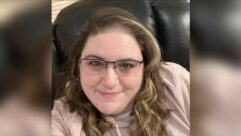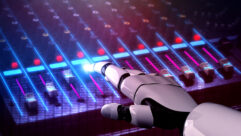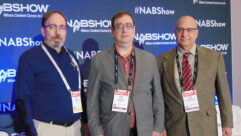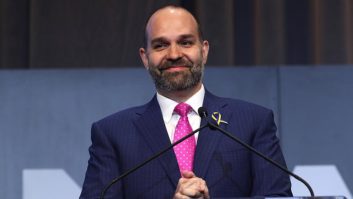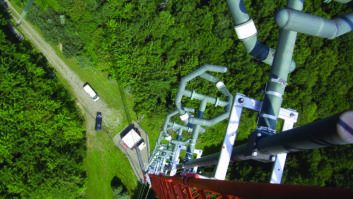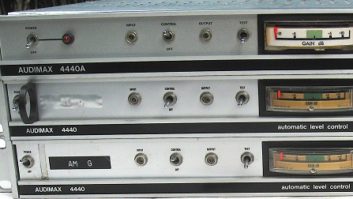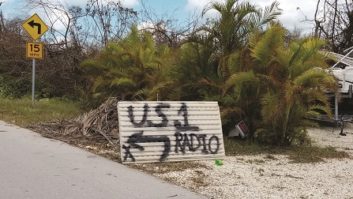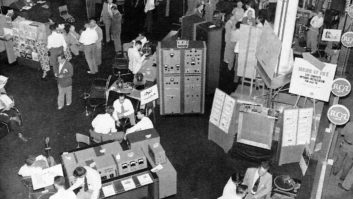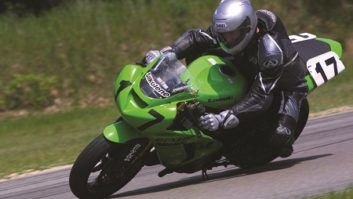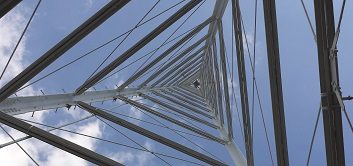Sunday, April 10, Las Vegas
Today is the calm before the storm. It’s the official opening of the Broadcast Engineering Conference and primarily it is just that: a conference, with a day full of papers and presentations.
So Sunday is to be enjoyed at a more leisurely pace. The presentations introduce new ideas, products, or research on broadcast technology. Polite questions are asked by the attendees; later in the hallway various clusters of engineers will meet up and debate the value or interest of a particular concept. In fact, it’s in the hallways that much of the show’s energy is felt. Many of us get to see old friends from all over the country but the talk is all about engineering.
Television topics warrant large conference rooms with multimedia displays. This year’s radio sessions took place in rooms that were somewhat…. smaller, and located in the back. But the room was packed from the very beginning, with people standing in the doorway or along the edges. A good sign for this year’s show.
A standout session this morning was Tom Hartnett’s big visionary idea about telephone talk and how to transition from the poor quality cell call to higher quality call-ins on radio shows. The idea is to move consumers to calls over IP, using technologies such as Skype (downloadable on the latest generation of smartphones). I find it ironic that we have to download software and bypass the phone system to make a good quality call on something known as a “smart phone” but I’m on board that this will give us improved sound on our call-in shows. Now, how do we educate our callers?
The afternoon was devoted to IBOC. Asymmetrical sideband operation seems to be on the verge of common adoption, now that iBiquity has come on board. It seems to this observer that with asymmetrical sidebands one of the last major objections to IBOC is being addressed: how to deliver enough digital power so that coverage is better than analog while not causing interference all over the radio dial. Kudos to John Kean at NPR Labs for his coverage and interference models which have helped to demonstrate the success of this approach.
More tomorrow as the floor opens and the big show begins.
Michael LeClair is the Technical Editor of Radio World Engineering Extra.

